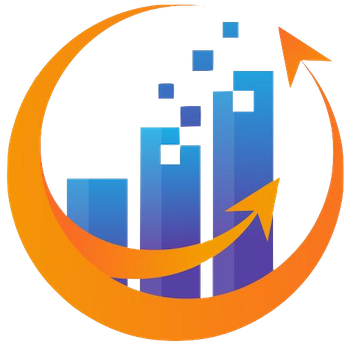In the current economic landscape, Federal Reserve Chair Jerome Powell stands at the crossroads of two critical mandates: maintaining price stability and ensuring full employment. In his recent address to the Economic Club of Chicago, Powell highlighted a bleak prospect: a potential clash between controlling inflation and fostering economic growth due to the simmering uncertainties surrounding President Trump’s tariffs. This precarious balancing act sparks a deeper concern about how effectively the Fed can navigate these troubled waters while still fulfilling its essential mission.
Powell’s acknowledgment of the Fed finding itself in a quandary speaks volumes about the complexities weighing on economic policymaking today. The dual mandate that Powell referenced—the pursuit of stable prices alongside maximal employment—often appears to be in direct opposition. As tariffs are implemented, the direct consequences of increased import taxes may hinder growth, yet they simultaneously stoke inflation. This paradox raises a pressing question: how can policymakers react effectively without aggravating either problem? Powell’s insights reveal that our monetary policy leaders may soon face a Sisyphean challenge—a futile struggle to keep both inflation and growth in check.
The Tariff Tidal Wave: A Looming Economic Tsunami
When tariffs are introduced, they act as a tax on imports that inevitably gets passed down to consumers, causing prices to rise. While Powell noted that the correlation between tariffs and inflation can be inconsistent historically, the broad and sweeping nature of President Trump’s tariff agenda may redefine this relationship. The prospect of a significant and enduring inflation spike that could shift economic conditions dramatically hangs over us like a dark cloud.
The once reliable economic protections—the foundational principles guiding market expectations—are now threatened from all angles. As Powell stated, there is an increasing likelihood of inflationary impacts from these tariffs, which could have lasting effects if not managed properly. This realization brings to fore important issues related to the Fed’s credibility and its ability to keep inflation expectations well anchored. If businesses and consumers start anticipating higher prices, that could catalyze a self-fulfilling prophecy, creating an economic environment that spirals out of control.
Market Reactions: A Panic or Preparedness?
The stock market’s response to Powell’s speech was telling. As he communicated these uncertainties, stocks fell, and Treasury yields dropped. The sentiment among investors seemed to shift from cautious optimism to outright concern. In the current economic climate, market participants are highly attuned to signals from the Fed regarding interest rate decisions. The divergence of growth prospects and inflation expectations could lead to erratic market movements and, ultimately, a lack of consumer confidence.
Currently, markets are speculating on the possibility of interest rate cuts. These anticipated reductions, presented by the CME Group’s FedWatch gauge, signal an underlying fear that the economy lacks robustness. If inflation rates remain stable but growth falters, the Fed’s options become starkly limited. Raising rates to combat inflation could exacerbate an already weakening economy, while lowering rates in this scenario could further inflate prices. Investors are beseeching the central bank to definitively signal its strategy; however, signs remain ambiguous.
The Data Speak Volumes: A Mixed Bag of Indicators
Recent data from the Commerce Department presented a paradoxical narrative: retail sales surged unexpectedly by 1.4% in March, driven in large part by consumers anticipating the tariffs. On the one hand, this reflects consumer resilience and adaptability in the face of looming challenges. On the other hand, it provides a jarring contrast to Powell’s concerns regarding overall economic growth slowing in tandem with the implementation of tariffs. How can one interpret these seemingly contradictory signals without falling into a trap of cognitive dissonance?
Moreover, Powell’s comments regarding a projected stagnation in GDP growth for the first quarter underscore a potentially worrying trend: what might have been fueled by temporary spending could turn into a broader decline if underlying economic structures remain fragile. With car sales buoyed by anticipatory buying, there lingers the unsettling possibility that without sustained consumer spending across sectors, economic growth may dry up faster than we think.
The Path Forward: Finding Clarity Amidst Confusion
Ultimately, Powell’s emphasis on waiting for greater clarity before adjusting policy reflects a cautious but reactive approach. However, will this wait-and-see stance afford the Fed enough time to course-correct before significant economic damage occurs? Stabilizing inflation expectations while simultaneously fostering consistent growth will require deft navigation through a landscape riddled with uncertainty.
As we inch closer to vital economic indicators in the months ahead, there’s a tangible urgency for a renewed political discourse aimed at establishing policies that can effectively support economic health, stimulating growth without compromising on price stability. The precarious dance between inflation and growth is not merely a theoretical concern—it’s an urgent dilemma that necessitates immediate attention from decision-makers.


Leave a Reply